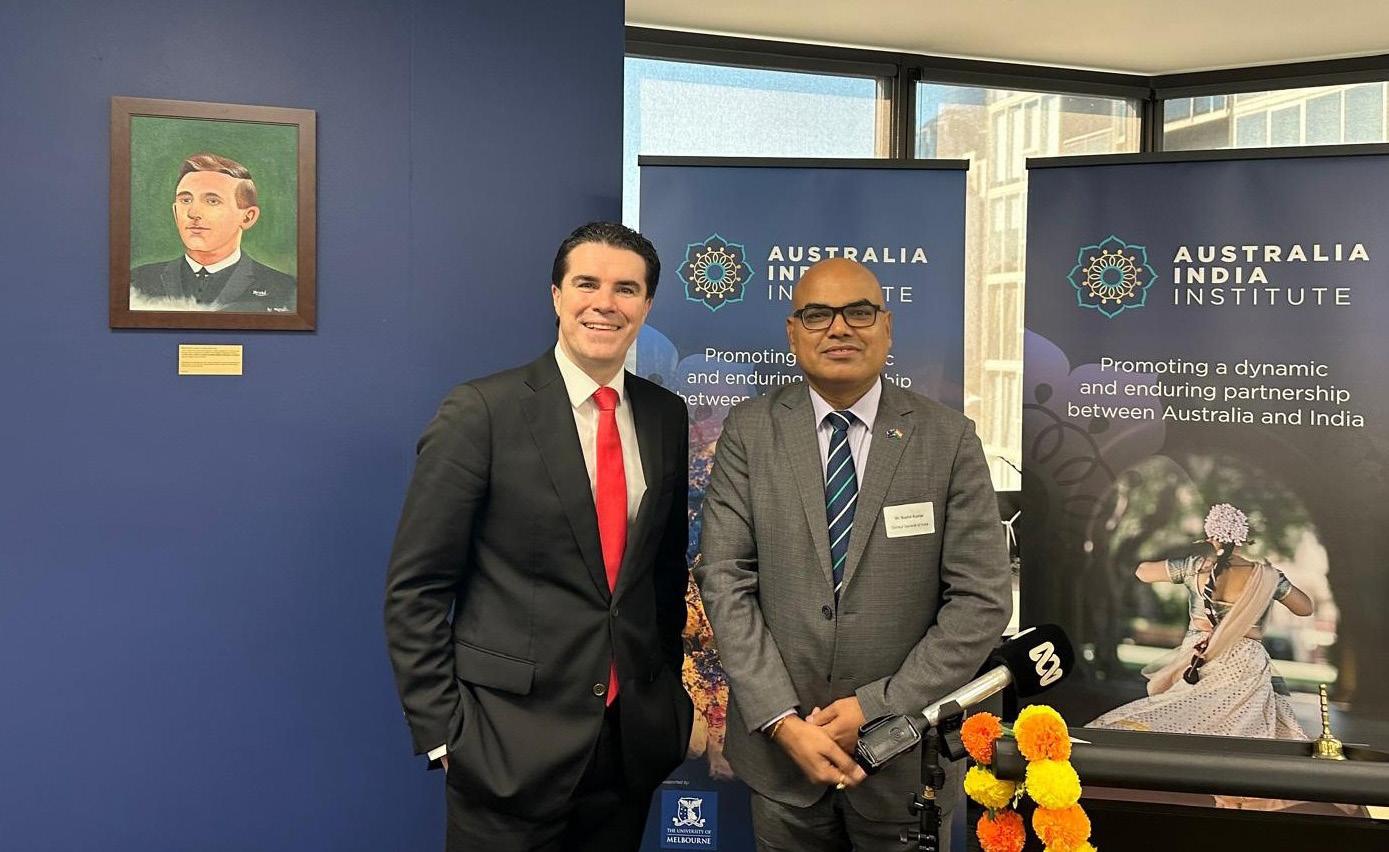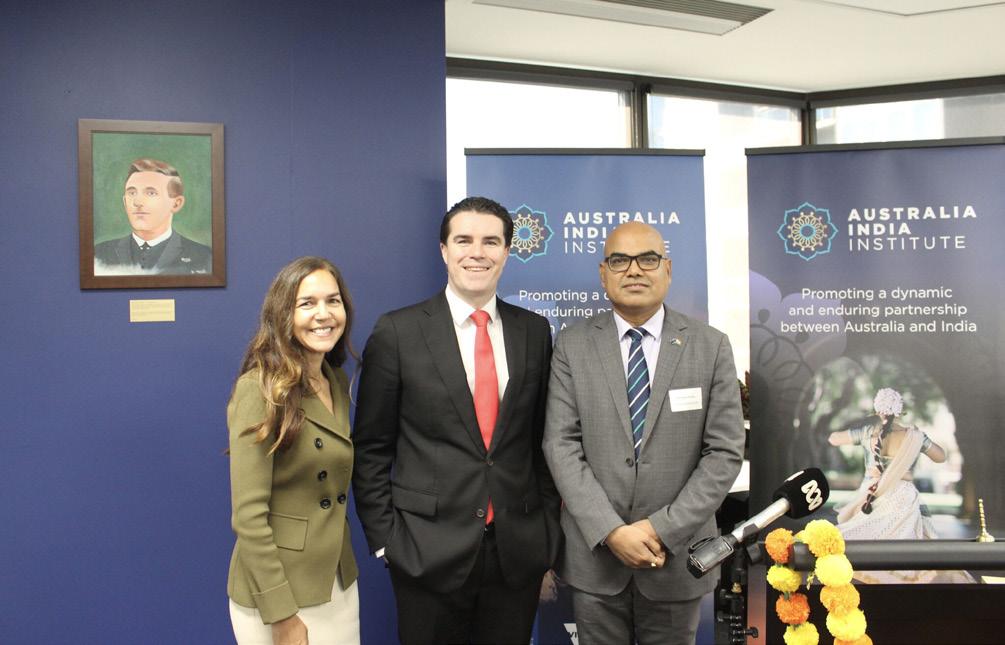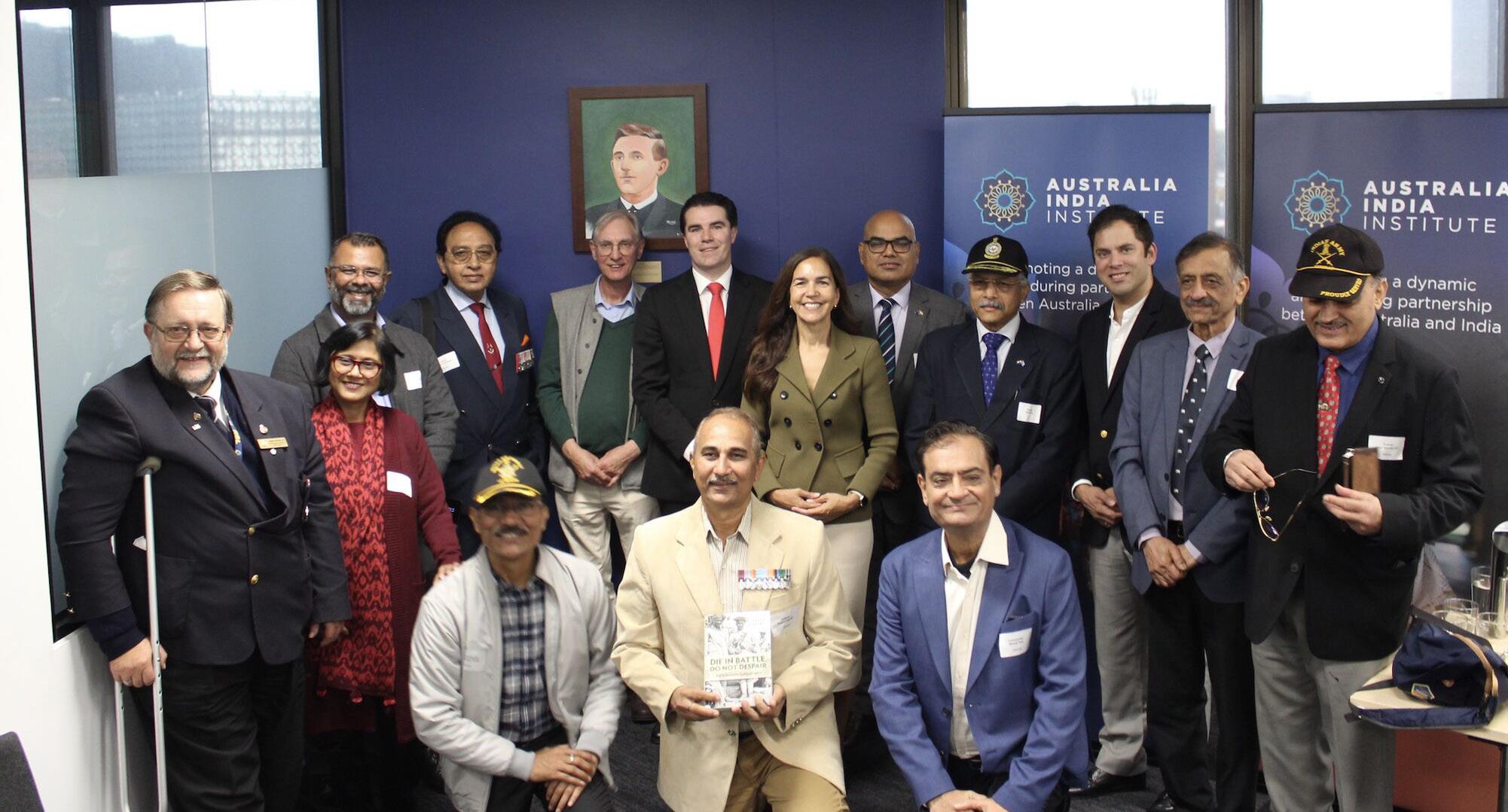
2 minute read
Australia-India friendship honoured at ANZAC-India untold story event
Melbourne, April 23 (Australia India News Newsdesk)
A recent event celebrating the ANZAC-India untold story highlighted the strong bonds of friendship between Australia and India, forged during World War I at Gallipoli. Organized by the Australia India Institute, the event brought together distinguished guests, community leaders, and war veterans to honour the contributions of Australian and Indian soldiers during the conflict.


Tim Watts MP, Assistant Minister for Foreign Affairs and Trade, along with Steve McGhie MP, Lisa Singh, Former Senator, Consul General Dr Sushil Kumar, Ivan Trayling OAM, and Mark Trayling, attended the event, which sought to recognize the camaraderie and resilience that formed the foundation of the thriving relationship between the two nations.


Prof Peter Stanley, a renowned military historian, delivered the keynote address, focusing on the courage, resilience, and camaraderie of thousands of Australian and Indian soldiers. Prof Stanley's address underscored how the sacrifices made at Gallipoli served as a catalyst for the enduring ties between Australia and India.
A significant moment of the event was the presentation of a portrait of Private John Kilpatrick Simpson by Mark Trayling, grandson of Indian Navy Commander JB "Dick" Simmon. The portrait, painted-by-mouth by Leading Air Craftsman Mridul Ghosh, a resident of the Paraplegic Centre for Armed Forces in Pune, celebrated Simpson's legacy at Gallipoli. Private Simpson's brave efforts in rescuing wounded soldiers for medical treatment earned him the nickname "Bahadur"—meaning "bravest of the brave"—from Indian troops.
The event concluded with a sense of unity and appreciation for the historical connections between Australia and India. The celebration of the ANZAC-India untold story serves as a testament to the lasting friendship between the two countries, built on a shared history of bravery and resilience during one of the most challenging periods in modern history.










